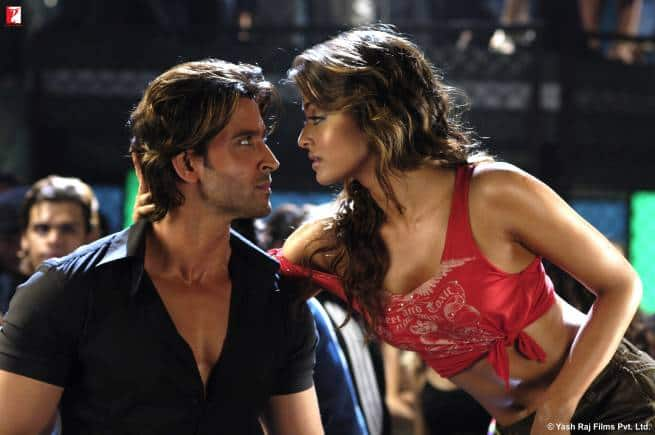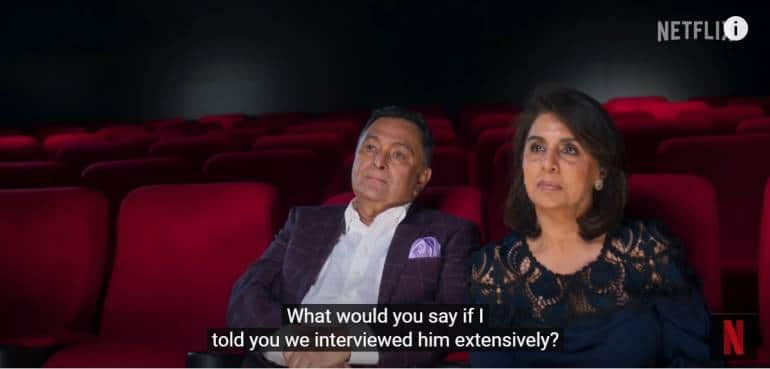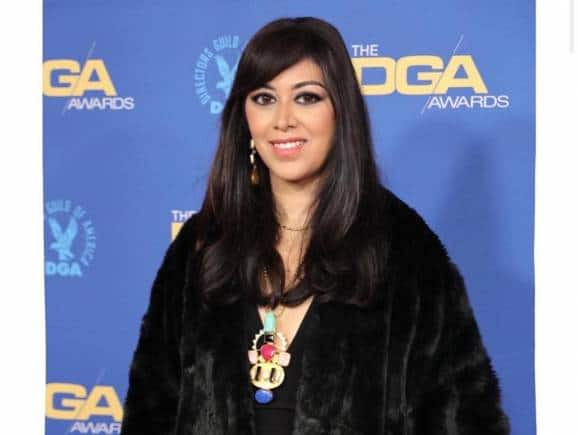



A leading film editor friend once told me how a Yash Raj Films romance that she was editing several years ago had her in a bit of a spot. The heroine began as a spunky woman with dreams and the mojo to pursue her dreams unapologetically—there were even some Hindi swear words thrown into her dialogues. When she meets the hero, no different from several heroes she had met at the editing table before, the heroine’s volte-face amused as well as irked her. She asked the director how he thought this could be believable. Her question or critique didn’t amuse the director; a collaboration with the Aditya Chopra was understandably enough to let go of screenplay logic.
The film went on to become a semi-hit. The point is, as most Yash Raj Films romances since Dilwale Dulhaniya Le Jayenge (DDLJ, 1995) would have it over and over again, romantic love is this magical alchemy that changes everything for a—always young—couple. They settle into domesticity with papa-mummy’s approval, leaving behind most traces of their individuality. It’s understood that a woman’s quirks in the happily-ever-after would probably be channeled into haranguing the husband.
Boy meets girl, meet-cute. Circumstances, mostly familial, come in the way. The conflict begins. A grand wedding with a Punjabi munda-kudi dance number ends the film in a euphoric, neat resolution.
 A still from Dhoom 2. (Photo: YRF)
A still from Dhoom 2. (Photo: YRF)
The love stories of Hindi cinema are changing, of course, especially in the OTT age. Twisted, toxic love is finding its way and the hetero-normative equations aren’t the only kinds of love coming out of the studios of Juhu, Andheri and Bandra. But ask any Bollywood fan from anywhere in the
world, and they wouldn’t associate love on the streets, difficult loves, love that requires battles much harder than going against the grain of one’s parents—sometimes going against dangerous caste and religious hegemonies and ending in death of young men and women—with Bollywood.
Smriti Mundhra’s new Netflix docu-series The Romantics celebrates this comforting, escapist love language of Bollywood romances, largely through interviews with the Hindi film industry’s big-wigs, from Madhuri Dixit and Amitabh Bachchan to Ranveer Singh, Bhumi Pednekar and Ayushmann Khurrana with a light, snappy camera and brisk editing.
The Romantics is about Yash Raj Films. The four-part series begins with the early years of Yash Chopra. Like artists, authors and filmmakers of all sensibilities and mettles in the newly euphoric Nehruvian era, Chopra wrote and directed socially engaged movies like Dharmputra (1961) and Aadmi Aur Insaan (1969) under the banner of his brother BR Chopra. With his own banner came the Lanky and Angry Young Man era with Deewar (1975).
By that time, Chopra had married Pamela Chopra, a musical talent, as the documentary reveals, and a great influence on Chopra. The phase beginning in the late '70s through the early '90s was about relationships with a soft, chiffon gaze, but not without the complexities that come with love—marital love versus idealistic love (Kabhie Kabhie, 1976), extra-marital
relationships (Silsila, 1981), lost and found love (Chandni, 1989), age-no-bar love (Lamhe, 1991) and later, of course, no-borders love with Veer-Zaara in 2004, by which time his son Aditya Chopra had solidified Yash Raj Studios place with the biggest romantic hit of all time, DDLJ, and cemented the shape Bollywood romances were going to take for several years to come.
The formula was simple: A young India positioned comfortably in between the cracks of a globalised world and an Indian family system where class, caste and religious boundaries mattered and the parents still mattered more than youthful impetuousness and individuality. For the first time, while cinema all around India was going in diverse directions without being noticed with the exception perhaps of the love stories of Mani Ratnam, Hindi romances became an overused formula. The approach to filmmaking changed.
One of the star interviewees in The Romantics recalls a moment during the making of DDLJ: Yash Chopra visits the sets of DDLJ and is disturbed not just by the fact that his son wasn’t adorning his heroine in a chiffon sari—how else will the pallu fly?—but that “Adi” was taking several takes of the same scene. When he asks his son why he is wasting precious reel—Yash Chopra himself was known to be an extremely cost-conscious, mostly single-take director—Adi says he’s simply being safe. “Are you a fireman or a director?,” asks the exasperated father.
 Rishi Kapoor and Neetu Kapoor in The Romantics
Rishi Kapoor and Neetu Kapoor in The Romantics
Yash Chopra was about risks. His velvety, poetic gaze on love took into account love’s complexities and heartbreaks and still managed to keep the mood and texture of a love story soft. The Romantics tells us Pamela Chopra had something to do with it. He overindulged the heroine aesthetic—there’s a rare image in the docu-series of Chopra sitting with several copies of Vogue, referencing costumes.
Who can forget Rishi Kapoor’s character throwing red rose petals over Sridevi’s eponymous heroine from a helicopter in Chandni (1989)? There’s a Big B byte in the series recalling how in Deewar, “Yashji” panned his camera to a bunch of red roses at the background of a shooting scene. When Bachchan, at the peak of his Angry Young Man days, asked him why the jarring transition, Yashji’s reason surprised him: The roses are too beautiful, how can I not?
There are numerous anecdotes about how the YRF romantic idiom evolved and how, a market-conscious, coterie-driven, risk-averse and audience-mapping mind of Aditya Chopra cemented a formula. One of Mundhra’s
strengths in this docu-series is that she got Aditya Chopra to sit down for extensive interviews. The articulate, clever and precise-thinking producer-director reveals himself for the first time. Till now, it’s all been here-say.
 Smriti Mundhra
Smriti Mundhra
Through him talking about his journey in filmmaking and in the family business, we see the gung-ho beginnings of nepotism as much as a man extraordinarily in touch with the pulse of what would work with Indian audiences irrespective of age. He describes how deliberately yet easily he abandoned his obsession with Hollywood films in the 1980s and early-1990s and pop and rock bands that were a rage in that era—he says he literally threw away his CDs and VHS tapes—to start thinking about an Indianness that aligned with the visions of P.V. Narasimha Rao and Manmohan Singh. How the traditional mostly-Hindu/Punjabi family value
system could meld with the aspirant, Western-looking Indianness with the right masala of songs, high-pitched emotions and humour. That mega hit romance formula is still relevant in most of India. The Yash Raj world is a familiar world, and it lulls this cinema-loving nation almost viscerally. They make suspension of disbelief so easy.
So, The Romantics is an enjoyable watch for all Bollywood lovers. The aftertaste is not necessarily comforting. Queer love and difficult love—love across all spectrums of sexuality and social hierarchy—are still at the margins of Bollywood-style storytelling. On one hand, as the success of the tent-pole spectacle in Hollywood and in South cinema as well as Bollywood makes the formula unprecedentedly redundant. On the other, Bollywood via Yash Raj Films, is a signature the world isn’t letting go. Netflix celebrates its
metier gloriously and flatteringly in The Romantics.
The series dropped on Netflix on Valentine’s Day, February 14, 2023.
Discover the latest Business News, Sensex, and Nifty updates. Obtain Personal Finance insights, tax queries, and expert opinions on Moneycontrol or download the Moneycontrol App to stay updated!
Find the best of Al News in one place, specially curated for you every weekend.
Stay on top of the latest tech trends and biggest startup news.